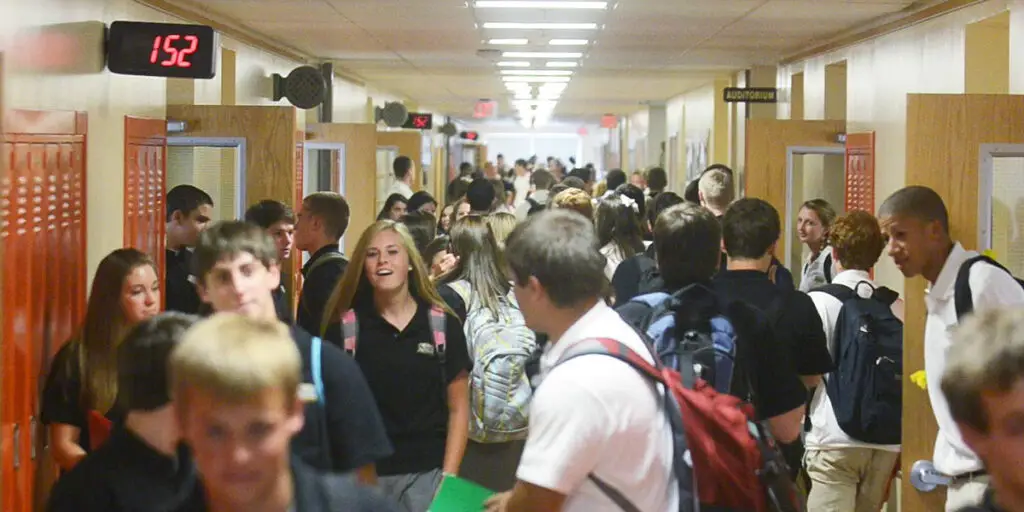*The following is excerpted from an online article posted on ScienceDaily.
Researchers at the University of Illinois at Chicago, in collaboration with colleagues from the University of Texas at Austin, have found that while many high school peer crowds and influences have remained constant over time, changing demographics, cultural influences and the increasing number of college-bound youth have led to the emergence of new peer groups and perceptions.
The study, which is published in the Journal of Adolescent Research, captured the perspectives and experiences of 61 recently graduated, ethnically diverse students through a series of semi-structured 90-minute focus groups. The participants, born between 1990 and 1997, were ages 19 to 26 and enrolled in two U.S. universities at the time of the focus groups, during which they were asked to describe the peer crowds that were most common in their high schools.
The researchers, led by UIC’s Rachel Gordon, audio-recorded and transcribed the discussions, then analyzed the data by coding themes from the students’ responses.
They identified 12 peer crowds and their positions in the social hierarchy.
At the top of the social hierarchy are groups labeled “populars,” “jocks,” “floaters” and “good-ats.” In the middle the “fine arts” kids, who have risen in popularity compared with past studies, as well as the “brains,” “normals” and “druggie/stoners.” At the bottom of the social hierarchy are “emo/goths,” a new group of “anime/manga” fans and “loners.” The positioning of “race-ethnicity” groups varied depending on the participants’ background.
Gordon, the principal investigator of the study, said that many of their observations aligned with prior research; however, they also noted new themes that are unique to modern day adolescent experiences:
Academic anxiety is on the rise.
The researchers observed that discussion about anxiety to meet parents’ expectations was “particularly novel,” especially for students described as “brains.” Gordon said the idea of stress related to academic performance was expected, but it was amplified when compared with prior studies and that this potentially reflects increasing competition for spots in top colleges. “Participants identified academic anxiety in more specific terms, even suggesting that students in the ‘brain’ peer crowd ‘were less mentally healthy’ due to a fear of upsetting their parents,” said Gordon, professor of sociology and a fellow of the Institute for Health Research and Policy at UIC.
Low social status adolescents reflect modern times, but high social status adolescents follow prior generations.
The participants generally endorsed crowds that engaged in conventional activities valued by school and society, like getting good grades and participating in extracurricular activities, despite viewing “populars” and “jocks” negatively for their tendency to party and bully others. The “druggie/stoner” crowd was seen as gaining status by being in the orbit of these top crowds, due to supplying drugs for parties. Other groups were shaped by current events, popular culture and social media. Gordon highlighted three examples from the study:
– the emergence of the “anime/manga” peer crowd, which she said is a modern incarnation of a classic “computer geek” crowd that is likely promoted by a sharing of cultures on the Internet;
– the “emo/goth” crowd, who share with past decades a focus on countercultural behaviors, but focus on today’s music and aesthetics;
– the expressed fear of “loners” as potential perpetrators of violence, something that Gordon described as “new and unique to adolescents today, potentially reflecting the prevalence of school shootings over the last 20 years.”
Gordon said these observations have implications for future research and understanding the short- and long-term effects these phenomena will have on life trajectories and future success.
“Adolescent peer crowds play an important role in determining short-term and long-term life trajectories on social, educational and psychological fronts,” said Gordon, who is also a senior scholar of the Institute of Government and Public Affairs at UIC. “Understanding how adolescents navigate their environments and perceive themselves and others can help us advance research in many areas, from how we can successfully promote healthy behaviors, such as anti-smoking or safe sex messages, to how we develop effective curriculums or even mediate the effects of school shootings.
Source: ScienceDaily
https://www.sciencedaily.com/releases/2019/01/190108125424.htm



